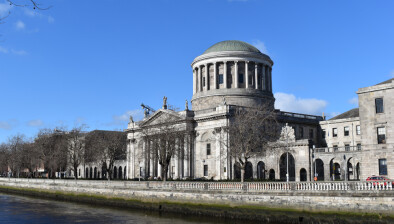Bar and Law Society warn controls on civil litigation costs could restrict access to justice

Proposed measures to reduce the cost of civil litigation in Ireland could backfire and result in “severe restrictions on access to justice for ordinary citizens”, the Bar Council and the Law Society have warned.
In a joint submission to economic consultants Indecon, the professional bodies said the “evidential basis for claims that Ireland is a high legal cost jurisdiction is very limited” and costs had come down in the last 10 years.
Their submission, published by the Bar Council late last month, states:
“The Council and the Society are unequivocal in their support of efforts to improve access to justice. However, both are concerned that a single policy intervention by the State in the form of a mechanism to control costs of civil litigation in Ireland without having a sound evidential basis to do so and without giving the same weight and consideration to the investment required to improve the operation of the justice system as a whole, will result in severe restrictions on access to justice for ordinary citizens. As the Kelly Report pointed out, fixed scales, while superficially attractive, are of dubious legality.”
The submission criticises proposals for the introduction of a table of binding maximum costs and suggests that any such mechanism “should take the form of non-binding guidelines only, which should operate only as a starting point for the assessment of costs”.
The professional bodies suggest that the “most optimal manner to positively impact on legal costs” is through a combination of increased investment in the justice system, investment in effective civil legal aid, the introduction of non-binding guidelines and a reduction in state-imposed revenue, i.e. court fees and/or VAT.
“If the purpose is to compare individual costs levels with those of civil-law jurisdictions, the courts must be resourced properly, with (for example) additional human resources to match the levels in those jurisdictions,” the submission states.








